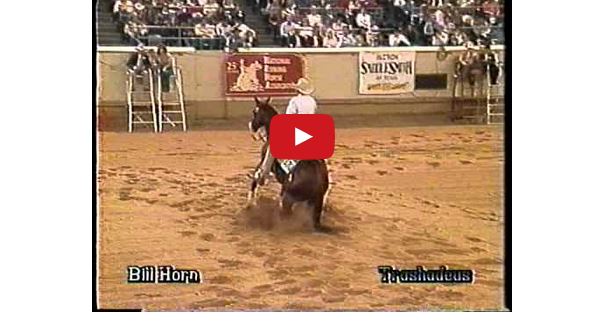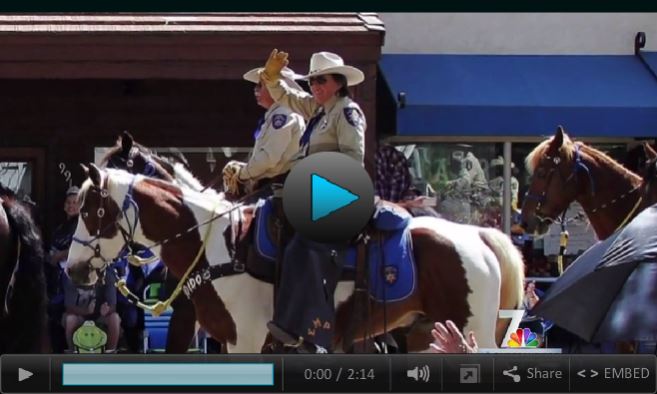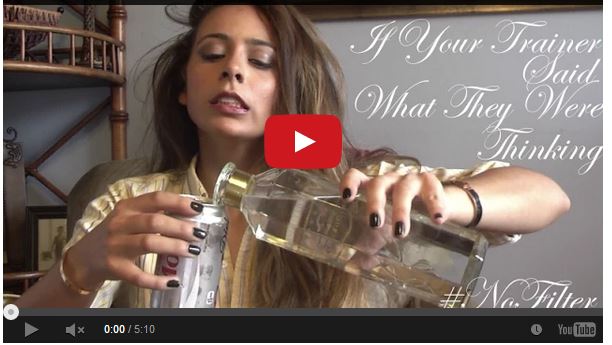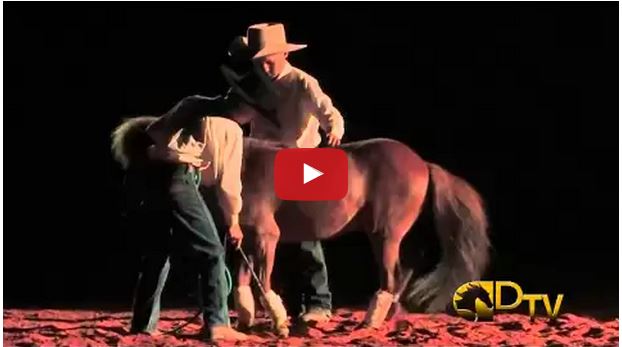How To Ride Better By Strengthening Your Core Muscles

One of the hardest things for a trainer to watch is their student getting frustrated with their horse because the horse isn’t responding to the students’ aids. With the help of the trainer, the rider can learn how to use their aids more correctly to avoid getting upset or frustrated. But first thing riders must ask themselves is “am I in the right position for what I want?”
Depending on your riding discipline, there are many positions a rider uses in the saddle to communicate different things. We train horses to listen to these subtle changes but riders often end up over compensating which leads to miscommunication. Any equestrian sport; dressage, hunters, jumpers, eventing, western all have very different positions or ways of “sitting on the horse.” However there are some riding basics that are pretty universal. For instance the rider must face their core the direction that they want the horse to go and have a connection with the horses mouth through the reins. Then depending on what a rider wants of their horse they make changes in their position or seat to communicate specific instructions to the horse, when done correctly it looks easy, even invisible.
To ensure that muscle memory will take over and help you achieve proper positioning on the horse, train your muscles off the horse to hold the same positions. Basic sitting on a horse tells us that when a rider goes straight, the core will be positioned straight. The plank is one of the most beneficial exercises for training a square core to help riders sit straighter on a horse.
Next a rider has to turn a horse left and right, for this the core needs to be able to hold a bending seat to each direction. Muscles must maintain the ability to stay square with the core while rotating to left and right. The Russian Twist is a great exercise to help train muscles in the core for a “bending seat” to turn a horse. Focus on keeping the hips level in the Russian Twist. This develops the muscles around the hips, which increases pelvic stability for a riders seat; the rider can then control their seat to turn whichever direction they would like to go.
If you notice the hips tilt or turn to one direction in this exercise, it’s probably also happening in the saddle. You wouldn’t want to correct the horse for falling to the inside if your hips are accidentally opening or turning to that side and inadvertently telling your horse to fall that way! Training the muscles to stay level in the Russian Twist also makes oblique and abdominal muscles engage. It’s important to do exercises that teach the core to properly and effectively engage in different angles, that way the core can easily engage itself in the saddle.



Do 12-15 repetitions of the Russian Twist on a stability ball to increase stamina for core positioning and execution. Don’t forget any exercise you do on the right, you must also do on the left, just like when training horse and you should always try to end an exercise on your weaker side. The video at the top of the page shows the Russian Twist being done correctly.
The thing about riding is that even when you are sitting correctly for a movement, a horse might not do everything perfectly. Horses won’t magically “do the movement” for a rider just because they are sitting perfectly, a rider has to stay in the position while giving the aids and corrections to the horse. Mistakes inevitable occur when a rider moves to ask the horse to do something and the rider loses their position. As this can make their core become unbalanced and the next few strides of the movement are lost. I see this happen more in the half-pass than any other lateral movement. That’s why being in the correct position to begin with gives a rider a better opportunity to make decisions on what to do next with a horse and avoid getting frustrated. Remember if your horse isn’t doing exactly what you want, check and re-check your position!
Trainer Tip: Sit with your femur (thigh bone) as straight as you can, extending tall in the spine, try not to lean back or forward. Keep this position while engaging the arms for a low row. Thumbs Up and Elbows In!
The low row on a stability ball is another great exercise to help riders develop a square core. The position of the exercise engages the core the same as you’d need it to be straight on a horse. The low row also develops muscles around the shoulders to help support your arms and shoulders when you’re on a horse. The low row on stability ball also helps riders feel what is going on within their hips when they’re engaging the upper back. Since the arms affect the positioning it’s important to condition these muscles in your back and shoulders to engage smoothly when they move forward and back as a horse can feel any and all tension, softness and pressure from a riders arms. You’ll notice that your hips are more open when you sit on the ball with your legs positioned around the ball vs sitting on the ball with your legs positioned straight out. Both ways are fine, choose the one that’s most comfortable for you.
Teach your core to stay engaged for the positioning you need in the saddle in your workouts and during those times of frustration when your horse isn’t understanding your aids don’t forget to ask yourself “is my position correct for what I want?”
For more great videos Click Here to View the Biorider Fitness Youtube Channel or visit www.bioriderfitness.com! Share this on Facebook if you believe that riding a horse is an athletic sport for both the horse and the rider!





